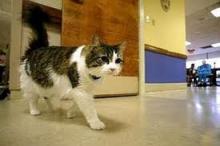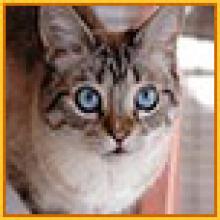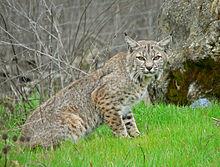Oscar's Omen - Predicting Death?
A few years ago, the nursing home decided an animal would help give it a more domestic and less medical feel for visitors and patients alike. Oscar belonged to a nurse; it must have seemed a good fit. Soon after, the staff noticed the usually aloof feline would occasionally spend time with a patient. That patient would then die with Oscar at his/her side. The staff recorded the events happening over a five-year period and the times Oscar had chosen a dying patient to visit. One time, the staff thought a patient was dying and they brought Oscar into the room so the patient would not be alone. Oscar would not stay and the patient did not die.









